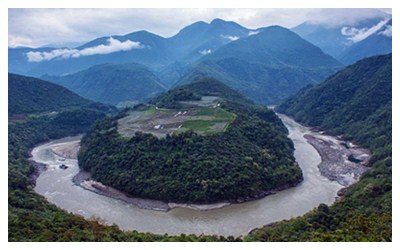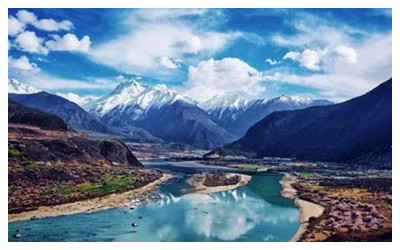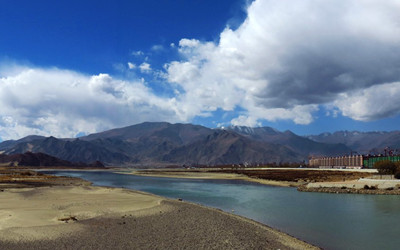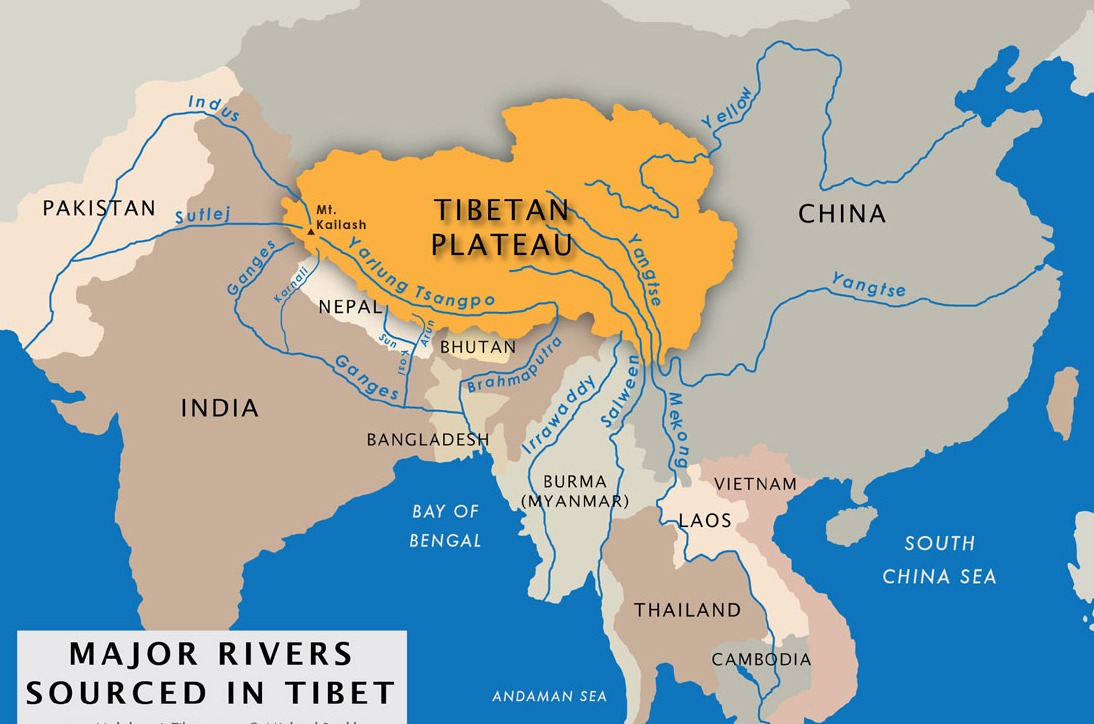Skype: neodalle-travel
Tel: +86 135 7447 2266
E-mail: sales@visitaroundchina.com
 |
 |
 |
| Yarlung Tsangpo River | Jinsha River | Lhasa River |
Four Major River Systems in Tibet
 Qinghai-Tibet plateau resourced many rivers. It includes the Yarlung Zangbo River, Nujiang, Pum Chu River, Yangtze River, Yellow River and Lancang River in China. Moreover, the headwaters of some major rivers in Asia also originated from Tibetan Plateau, including the Indus, Ganges, Brahmaputra, Irrawaddy, Salween and Mekong rivers.
Qinghai-Tibet plateau resourced many rivers. It includes the Yarlung Zangbo River, Nujiang, Pum Chu River, Yangtze River, Yellow River and Lancang River in China. Moreover, the headwaters of some major rivers in Asia also originated from Tibetan Plateau, including the Indus, Ganges, Brahmaputra, Irrawaddy, Salween and Mekong rivers.
Northern Tibet Water System: Northern Tibet Water System is a large enclosed water system. There are thousands of water systems with lakes as their center. The water system is located at the area with the least precipitation in Tibet. The rivers in Northern Tibet are usually short and small. Most of the rivers are seasonal streams. Zajiazangbu River is the largest river of the enclosed water system. The river is 463 km long with drainage area of 12793 square km.
Southern Tibet Water System: Southern Tibet Water System mainly refers to closed drainage located at north part of Himalaya Mountains, and south area to the Yarlung Zangbo River. The drainage area of the water system is 26670 square km, which just account 2.22% of the whole drainage area in Tibet. The largest river is Kadongjiaqu River which is 73 km long with drainage area of 1325 square km.
Indian Ocean Water System: Including the Yarlung Zangbo River, Nu River, Shiquan River, Xibaxiaqu River, Pengqu River, Xiangquan River, Kongque River, Jitaiqu River, Boqu River and so on. The rivers’ drainage area in China which belongs to Indian Ocean water system is 624,500 square km, while Tibet’s accounted for 84%. Nujiang River is the second largest river in Tibet, originating from the south foot of Tanggula Mountain, it runs through Naqu and other 8 counties, and then pass Chawalong to Yunnan Province. Out of Yunnan Province, it is named Salween River in Burma. The river is 1393 km long in Tibet with drainage area of 103,330 square km.
Pacific Water System: Jingsha River and Lancang River. Jinsha River is the upstream river of Yangtze River. The river section in Tibet is 509 km long with drainage area of 23,060 square km. Lancang River has two river heads: one is Za Qu, originating from the foot of Mountain Ji Fu in Zaduo County in Qinghai; the other is Angqu, originating from Wangmala, in Baqing County, Tibet. They join together in Chamdo and runs to Yunan Province through Mangkang County. The section out of Yunnan province is named Mekong River. And the section of the river in Tibet is 509 km long with drainage area of 38,470 square km.
 Ask Questions ?
Ask Questions ?